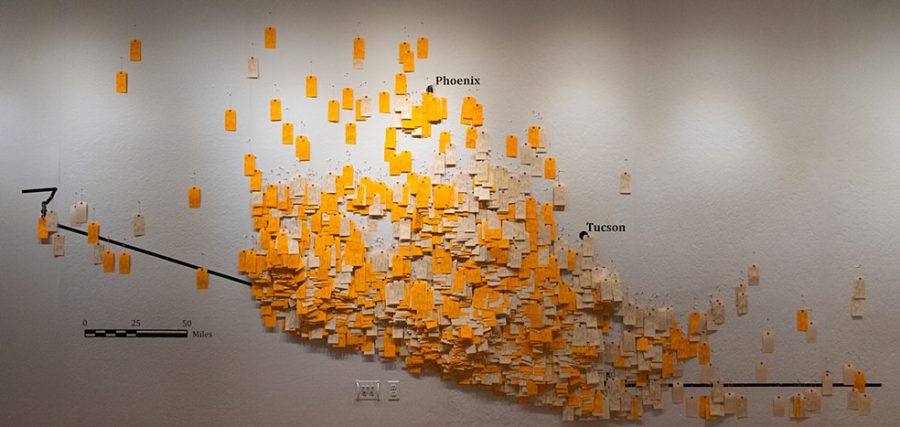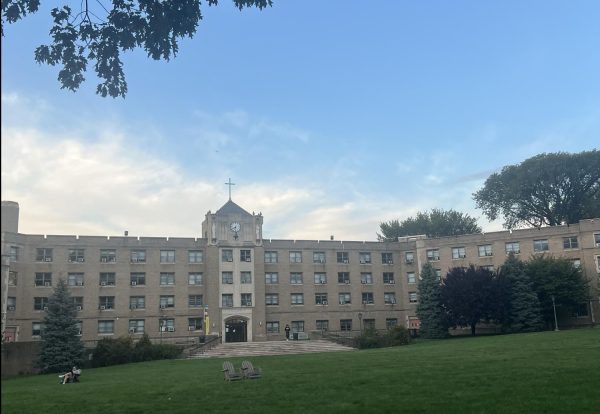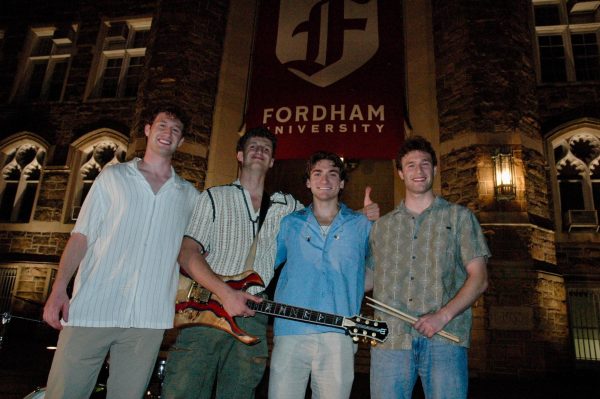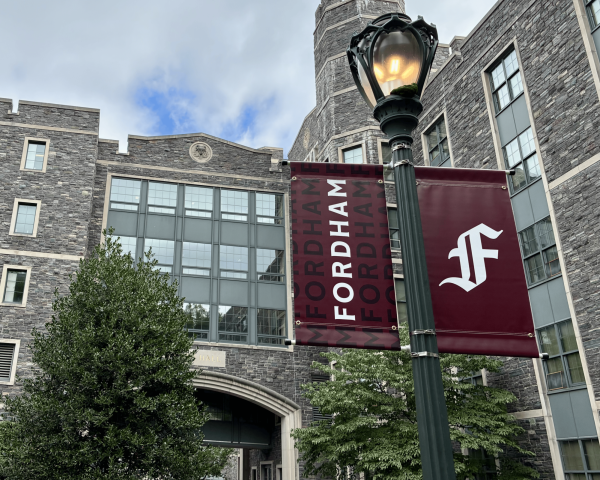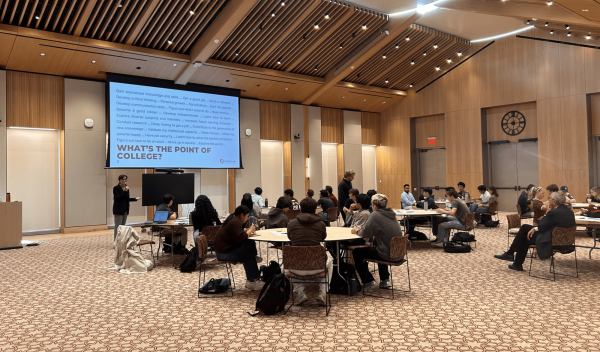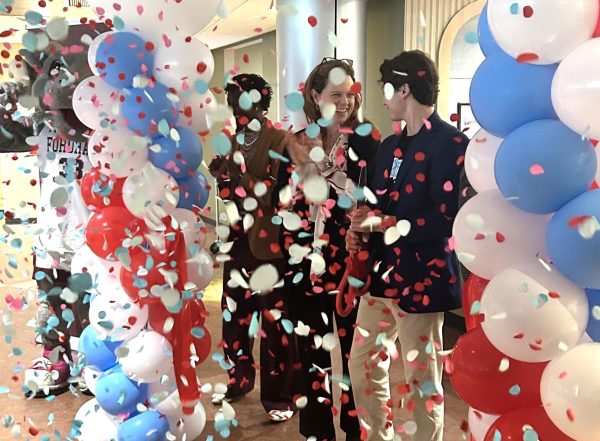Rose Hill Hosts Workshop to Welcome “Hostile Terrain” Display
Last year, Fordham University’s Ildiko Butler Gallery displayed an exhibit titled “Hostile Terrain 94: A Vigil for Lives Lost.” Hostile Terrain 94 (HT94) is an art project sponsored and organized by the Undocumented Migration Project (UMP). This year, the exhibition will be located on the Rose Hill campus, and the installation process is projected to begin in February 2023.
The exhibition includes over 3,200 handwritten toe tags that each represent a migrant who died while attempting to cross the Sonoran Desert of Arizona between the mid-1990s and 2019. The tags are placed on a 16-20 foot long map of the Arizona/Mexico border, each tag accurately reflecting the location where the migrant died. Each tag includes the name, age, sex, cause of death, condition of body and the location of recovery for each person.
Additionally, the tags are color coded: White tags correspond to the information of identified individuals, while orange tags correspond to the information of unidentified individuals. The project is directed by anthropologist Jason De Leòn who currently works as a professor of anthropology and Chicana/o Studies at the University of California, Los Angeles.
The exhibition commemorates the thousands of lives lost at the border while simultaneously raising awareness of the U.S. Border Patrol’s 1994 immigration enforcement strategy known as “Prevention Through Deterrence.” This policy aimed to discourage undocumented migrants from crossing the border near urban ports of entry. By closing off crossing points, individuals attempting to cross the border are forced to cross through more remote and depopulated regions.
The policy’s goal was for the desert’s natural environment to act as a deterrent, however, the desert’s “hostile terrain” doesn’t stop migrants from attempting to cross the border. As a result, thousands of migrants have lost their lives.
Aidan Auel, FCRH ’23, noted the significance of the exhibition as well as the act of filling out the toe tags.
“The display is effective by showing the deaths at the border caused by U.S. policy in a physical way and a three-dimensional way. It really helps people see the scale of the issue that you don’t get when you look at a statistic. However, the act of filling out the tags is equally as important as the final tag. The goal is to bring people together to reflect and bear witness to this humanitarian issue in a variety of ways,” said Auel.
This semester Auel and Michelle Moughan, FCRH ’23, serve as lead exhibition coordinators for the Hostile Terrain Project.
The pair have been working closely with Fordham’s Center for Community Engaged Learning (CCEL) and Carey Kasten, associate professor of Spanish, who organized the exhibition at Lincoln Center. Students have been given the opportunity to contribute to the exhibition by filling out tags.
Auel and Moughan have visited over a dozen classes and clubs to get students involved with the project.
“Students are often very moved by this project. Many find writing down the names of those who passed on the border to be humanizing, bringing to the front of the conversation the individual lives lost rather than just the statistics,” said Auel.
On Nov. 14, CCEL hosted a workshop for students to gather to fill out toe tags. The workshop gave students the opportunity to learn more about the humanitarian crisis at the border while promoting conversation about the issue.
“One of the highlights of the workshop was a discussion facilitated by Carey Casten, who provided her perspective on this project.
We discussed the importance of having conversations about this issue and working to not only educate people about the crisis at the border but humanize those affected by U.S. border policy, especially the policy of Prevention Through Deterrence,” reflected Auel.
Students can view updates on the project and get involved on @ht94fordham on Instagram.

Sofia Donohue is a senior from Kensington, Md., who is majoring in English with a double minor in history and Italian. She first joined the Ram as a digital...





































































































































































































